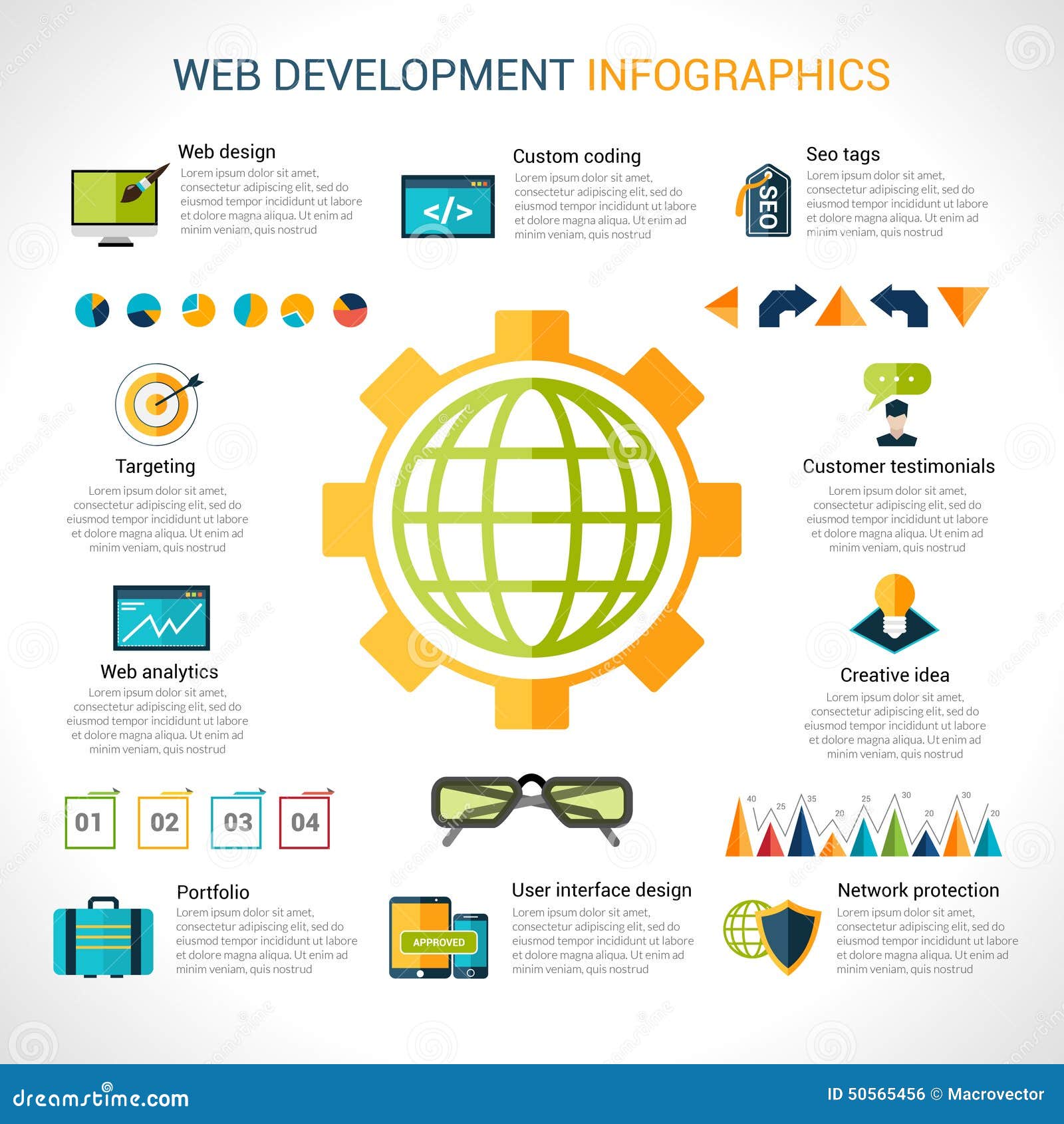Fascinated In Finding Out How Site Design Has Evolved Throughout The Years? Discover The Journey From Straightforward Styles To User-Centered Methods
Fascinated In Finding Out How Site Design Has Evolved Throughout The Years? Discover The Journey From Straightforward Styles To User-Centered Methods
Blog Article
Writer-Booker Lunde
In the past, websites were simple and focused on information. Navigating was direct, and layout was for desktop computers. Now, user experience is vital. Information overviews designs for very easy navigating. web development consulting fit different tools. Today, dark mode lowers strain, and minimal menus boost navigating. Interactive attributes involve individuals, and bold visuals attract attention. AI combination boosts involvement. See how click for more has developed to improve your online journey.
Very Early Days of Website Design
In the very early days of web design, simpleness preponderated. Sites were fundamental, with minimal shades, fonts, and formats. The focus was on giving information rather than fancy visuals. Individuals accessed the internet via slow dial-up links, so speed and capability were crucial.
Navigation food selections were straightforward, commonly situated at the top or side of the page. Internet sites were developed for desktop computers, as mobile browsing wasn't yet prevalent. Web content was king, and developers prioritized easy readability over intricate layout elements.
HTML was the key coding language made use of, and developers needed to work within its restrictions. Animations and interactive functions were very little compared to today's standards. Web sites were static, with little dynamic material or individualized individual experiences.
Increase of User-Focused Layout
With the development of web site design, a shift towards user-focused style concepts has ended up being progressively popular. Today, creating websites that focus on customer experience is vital for engaging site visitors and accomplishing company goals. User-focused design entails comprehending the needs, preferences, and behaviors of your target market to tailor the internet site's design, content, and includes as necessary.
Developers now perform comprehensive research, such as individual surveys and use screening, to gather insights and feedback directly from customers. This data-driven technique aids in creating intuitive navigation, clear calls-to-action, and visually appealing interfaces that resonate with site visitors. By positioning the user at the facility of the layout process, web sites can deliver a much more individualized and enjoyable experience.
Responsive layout has also become a vital facet of user-focused style, making sure that internet sites are maximized for numerous tools and screen dimensions. This flexibility improves ease of access and use, satisfying the varied means individuals interact with sites today. Essentially, the increase of user-focused style indicates a change in the direction of developing electronic experiences that prioritize the requirements and assumptions of the end customer.
Modern Trends in Web Design
Check out the latest patterns forming web design today. One popular trend is dark setting design, supplying a smooth and contemporary appearance while minimizing eye strain in low-light atmospheres. An additional key fad is minimal navigating, simplifying menus and enhancing individual experience by focusing on essential elements. Incorporating micro-interactions, such as computer animated switches or scrolling effects, can create a much more engaging and interactive web site. Receptive style remains critical, making certain smooth user experiences across different gadgets. Additionally, utilizing bold typography and unbalanced designs can add aesthetic passion and accentuate particular content.
Incorporating AI modern technology, like chatbots for customer support or customized recommendations, improves customer interaction and enhances procedures. Availability has likewise end up being a significant trend, with developers prioritizing comprehensive layout methods to deal with diverse user needs. Welcoming sustainability by maximizing web site efficiency for rate and performance is an additional arising trend in web design. Teaming up with customer responses and information analytics to repeat and enhance design continuously is important for remaining appropriate in the ever-evolving digital landscape. By embracing these contemporary fads, you can develop an aesthetically appealing, straightforward website that reverberates with your target market.
Conclusion
As you review the advancement of website layout from the early days to now, you can see just how user-focused layout has become the driving pressure behind modern-day fads.
Accept the journey of change and adjustment in web design, constantly maintaining the customer experience at the center.
Keep current with the most up to date trends and technologies, and never ever stop developing your approach to create aesthetically magnificent and user-friendly websites.
Advance, adapt, and create - the future of website design remains in your hands.
